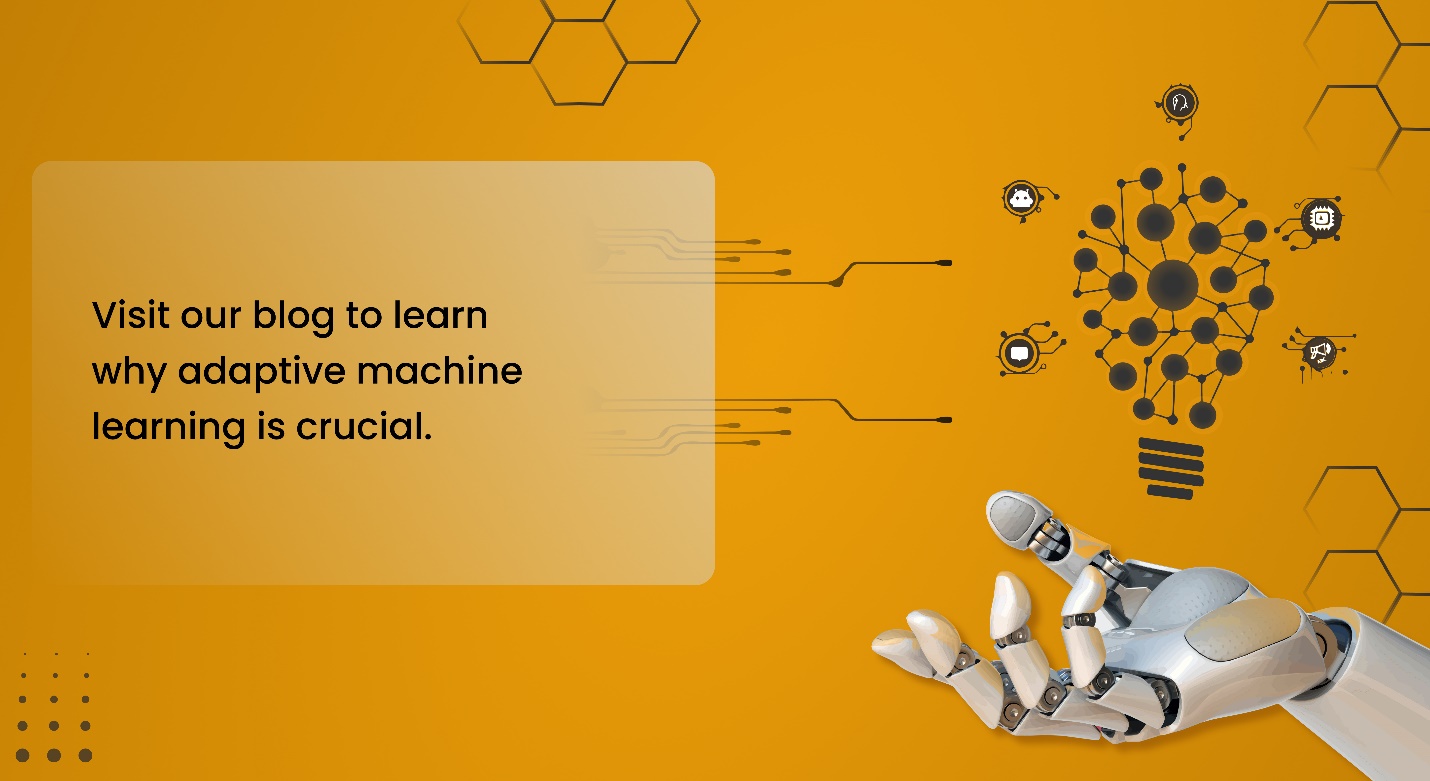Pipelines are the fundamental building blocks of machine learning systems and they’re being rapidly developed by cutting-edge AI companies to drive their products and services forward.
A machine learning pipeline is the most critical component of an ML system. It converts raw data into insight; it’s the assembly line that takes care of all the necessary tasks, making sure data wrangling, preprocessing, modeling, evaluation, and deployment are carried out efficiently.
What are machine learning pipelines?
Machine learning pipelines, also known as data pipelines, are a way to organize machine learning workflows. Traditionally, when someone wants to use machine learning on their data, they would have to know how to code up the algorithms and then they would need to run them on their data. This can be done through programming languages like Python or R but can also be done using specialized tools like Weka or KNIME.
How do they work?
Machine learning pipelines are the backbone of any machine learning model. They can be broken up into three steps: preprocessing, modeling, and post-processing. Preprocessing is when a data set is cleaned and organized to be ready for modeling. This can include splitting the data into training and test sets, formatting categorical variables, or even resampling or transforming numerical features to make them more useful for modeling. Modeling is where all the magic happens!
A machine learning pipeline is a structured set of processes that take raw data, transform it into higher-quality features, and then train a model. This method provides reliable results with a focus on multiple variables, not just one.
What are the benefits of using machine learning pipelines?
Machine learning pipelines (MLPs) are used to evaluate and assess machine learning models. They can be used to determine the accuracy of a model, identify problems that might occur when training, and improve the results of your data sets.
The benefits of using machine learning pipelines include fast, easy, and consistent data science workflows; common infrastructure for all machine learning experiments; data engineering encapsulation, which prevents the unnecessary use of expensive functions by inexperienced users; separation of concerns between machine learning models and their configuration within one data science environment.
How can you get started with machine learning pipelines?
It’s easy to get started with machine learning pipelines. All you need to do is set up a few basic parameters like data, labels, and machine learning toolbox, and understand the basics of data science and its application.
Machine learning is a statistical technique that makes predictions based on old data by building a mathematical model of the problem. It has become a popular tool for predictive analytics, which is useful in all sorts of situations where you have historical data.
Final Thoughts
The lifecycle of Machine Learning is complex. And because of this, ML projects require a systemized and effective approach during their construction. The ML pipeline is an automated process that helps standardize and simplify processes while reducing time to market and promoting unremitting experimentation.
Additionally, the ML pipeline supports scalability and reduces risks while increasing value flows from the initial point to production. The ML pipeline is a tool that allows companies to reuse the expertise and past experiences learned from earlier ML projects, thus saving time and money. Teams that don’t have a machine learning pipeline in place will struggle to deploy high-quality models, and could even end up deploying models that might cause a negative impression on the business or client satisfaction.
To get more information about the business with Artificial Intelligence and Machine Learning, visit our website.



